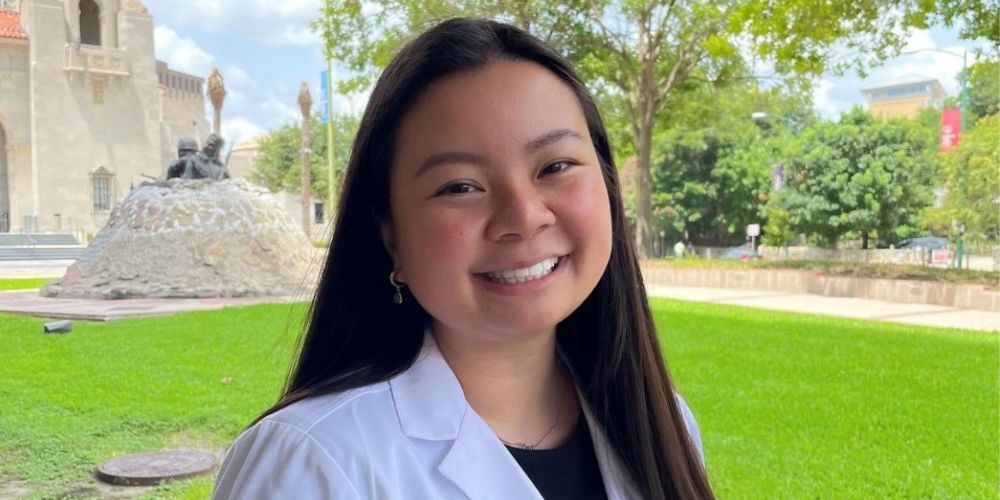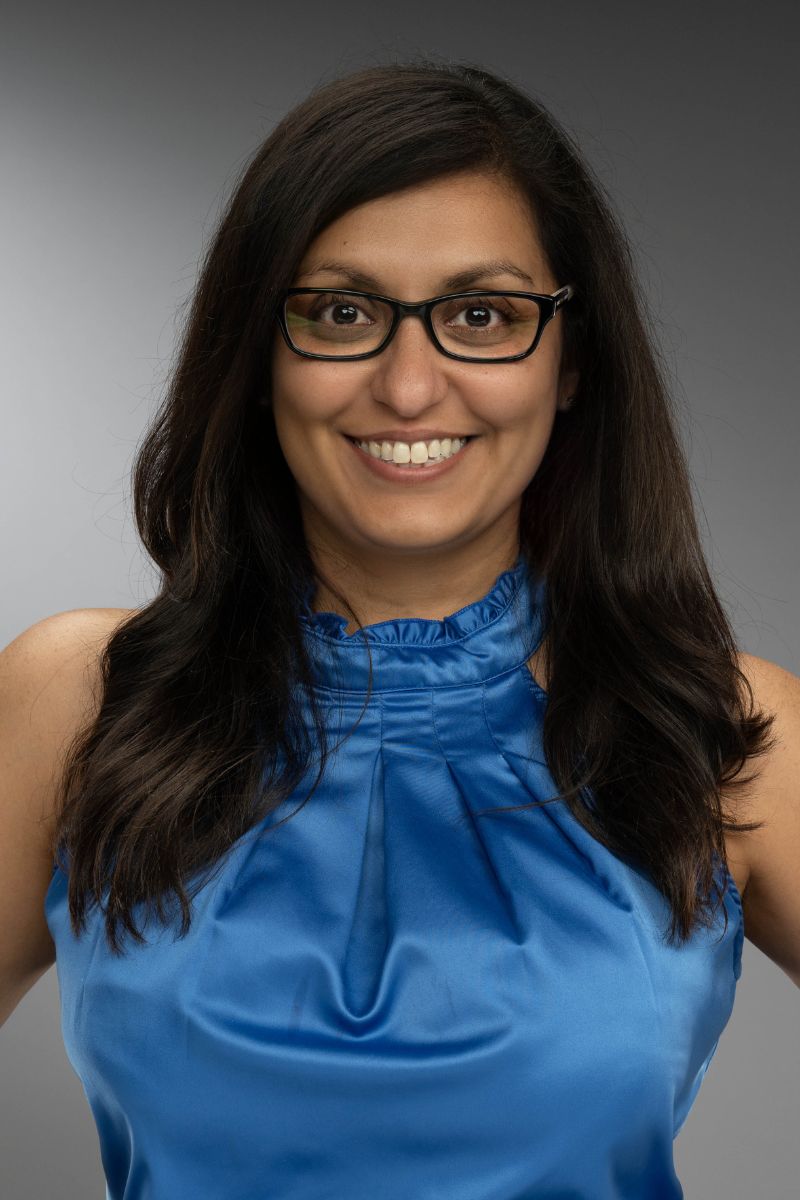UTA program helps students achieve medical school dreams

Getting into graduate school to become a doctor or a dentist is difficult. By some estimates, only about 37% to 42% of students who apply to medical or dental school are accepted.
To help pre-medical and -dental students achieve their dreams, UT Arlington created a program called the Health Professions Advisory Committee (HPAC). The odds of graduate school admission for students participating in HPAC is significantly higher than average, with an estimated 85% succeeding.
This is just one of several UT Arlington initiatives helping alleviate the shortages of health care professionals in Texas, particularly in rural areas.
“Our numbers vary slightly every year, but it’s so exciting to see so many of our students achieving their dream of going to medical or dental school,” said Sandy Hobart, health professions advisor and HPAC chair. The program is run through UTA’s College of Science, which includes the departments of Biology, Chemistry, Mathematics, and Physics—the core subjects pre-medical and -dental students must take before applying to graduate school.
To participate in HPAC, students must be either an alumnus or a current UTA student with a minimum grade point average of 3.25. The program also works with attending UTA as postbaccalaureates to take additional courses required for graduate school in the health professions.

Those interested must submit information on why they want to become a doctor or a dentist, explain their relevant experiences and submit letters of recommendation. A designated group of faculty and staff across UTA then completes a holistic evaluation of each student to see if they’re prepared to apply to medical or dental school in the upcoming cycle. Not all students who apply are ultimately accepted; however, there is no limit to the number of students who can participate each year.
“HPAC is one great way for students to stand out in the medical school application process,” said Nina Nguyen, a third-year medical student at UT Health San Antonio’s Long School of Medicine. Nguyen graduated from Bowie High School in Arlington before earning a degree in biochemistry from UTA.
All students who submit an HPAC application receive feedback and mentoring from Hobart throughout the medical and dental school application process. As part of this supportive approach, accepted students also receive an interview and letter of recommendation for their graduate school applications from the HPAC committee.
“Often times, medical school applicants have similar grades, MCAT scores, interests and volunteering experiences,” Nguyen said. “HPAC provides one additional letter that applicants can use to allow them to stand out against the crowd. Since the HPAC letter is an accumulative recommendation from multiple faculty and staff, it carries significant weight. Personally, I think my HPAC letter helped reinforce what was already on my application.”
“Many of our students are first-generation college students and need guidance on how to achieve their goal of becoming a physician or a dentist,” said Laura Mydlarz, associate dean of the College of Science and a distinguished professor of biology. She works closely with many of the students taking biology coursework as part of their graduate school prerequisites.
“Seeing my students not only reach their goals, but also grow as people and feel confident pursuing these goals is one of the most fulfilling parts of my career,” said Hobart (’07 BS, Biology, Chemistry). “Some members from our earlier cohorts of students are now practicing doctors and dentists. I’m excited to see all the good they do to improve the lives of others in our communities.”